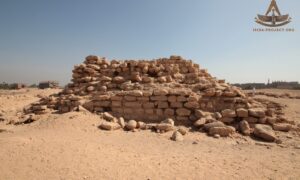The Pyramid of Sinki at Abydos is one of Egypt’s lesser-known pyramids. It dates back to the 13th Dynasty, around the 18th century BC. The structure is attributed to a pharaoh named Senebkay, whose reign was relatively short-lived. The pyramid remains a significant archaeological find, providing insights into a tumultuous period in Egypt’s history. Its discovery added to the understanding of the Second Intermediate Period, a time when Egypt was not united under a single ruler.
The Ancient Egyptians
Ancient Egyptian Historical Sites and Ruins
Egyptian Mythology
Ancient Egyptian Artifacts
| Ankh Cross |
| Dream Stele |
Historical Figures
| Ramses II |
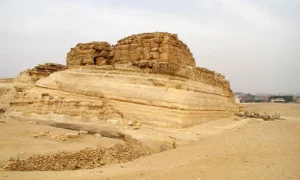
Pyramid of Khentkaus I
The Pyramid of Khentkaus I, also known as the Pyramid of Queen Khentkaus, is a unique archaeological site in Egypt. It lies near the famous pyramids of Giza and is thought to belong to Khentkaus I, who may have been a queen or possibly a pharaoh during the Fourth Dynasty of the Old Kingdom. This structure has intrigued historians and archaeologists for years due to its distinctive features and the mystery surrounding the true role of its occupant.
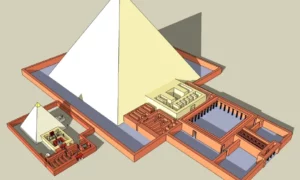
Pyramid of Khentkaus II
The Pyramid of Khentkaus II, nestled in the necropolis of Giza, stands as a testament to Egypt’s ancient architectural prowess. This lesser-known pyramid is believed to be the tomb of Khentkaus II, a queen of the Fourth Dynasty. Despite its proximity to the Great Pyramids, it has not garnered the same level of attention. However, its historical significance is undeniable, offering insights into the complex funerary practices and societal structures of ancient Egypt.
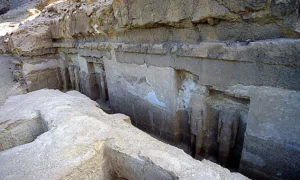
Fraser Tombs
The Fraser Tombs, also known as the Tombs of the Nobles, are a collection of ancient burial chambers. They are located in the Moqattam hills near Cairo, Egypt. These tombs date back to the Old Kingdom and the First Intermediate Period. They are significant for their detailed inscriptions and architectural style. The tombs provide insight into the lives of the non-royal elite of ancient Egypt. They were discovered in the mid-19th century by British Egyptologist George Fraser.
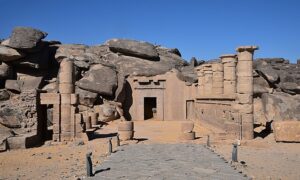
Chapel of Dedwen
The Chapel of Dedwen is an ancient site with a rich history. Dedwen was a god associated with incense and the prosperity of Nubia, a region south of ancient Egypt. The chapel dedicated to him is a testament to the cultural and religious interchanges between these ancient civilizations. Although not as widely known as other Egyptian temples, the Chapel of Dedwen holds significant historical value for understanding the religious practices of the time.
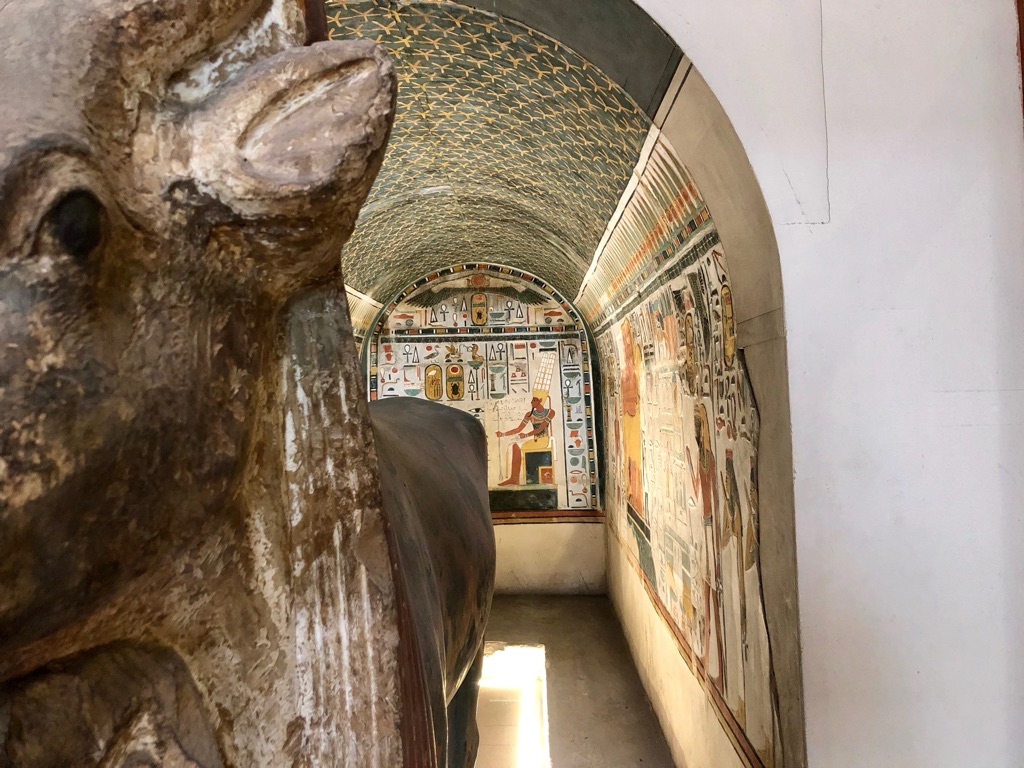
Hathor Chapel
The Hathor Chapel is a significant ancient Egyptian structure dedicated to Hathor, the goddess of love, beauty, and music. This chapel is part of the larger mortuary temple complex of Queen Hatshepsut, located at Deir el-Bahri, near Luxor. The chapel showcases the deep connection between the queen and the goddess, reflecting the religious and cultural…

